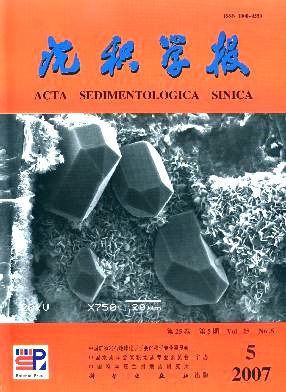Extraction and Identification of Elemental Carbon from Sediment and Its Implications in Environment and Climate
- Received Date: 1900-01-01
- Rev Recd Date: 1900-01-01
- Publish Date: 2007-10-10
-
Key words:
- elemental carbon /
- chemical oxidation /
- Raman spectroscopy /
- graphite /
- paleoclimatic and environmental indicator
Abstract: Elemental carbon was extracted from sediment by chemical oxidation and identified by Raman spectroscopy. The experimental results indicate that elemental carbon is defined by processing, which is a continuum from single crystal graphite to amorphous carbon. Chemical oxidation is a feasible method to extract elemental carbon from sediment and it can remove organic carbon and remain elemental carbon through controlling experimental condition and time. We think that the determination of standard sample and its concentration and unification of experimental method are very important because there are different results through different experimental conditions and methods. The unification and definition of all these carbon particulates are good for transect comparison and further research in relative field. In vertical secetion, elemental carbon was extracted by the same method and determination indicates that elemental carbon record can uncover paleoclimatic and environmental changes. In different timescale, elemental carbon has different implications for climate. At the same time, elemental carbon curve show a good change trend with other climatic indicators, which indicate elemental carbon can provide another new indicator for climatic and environmental changes.
| Citation: | ZHOU Bin. Extraction and Identification of Elemental Carbon from Sediment and Its Implications in Environment and Climate[J]. Acta Sedimentologica Sinica, 2007, 25(5): 745-752. |






 DownLoad:
DownLoad: